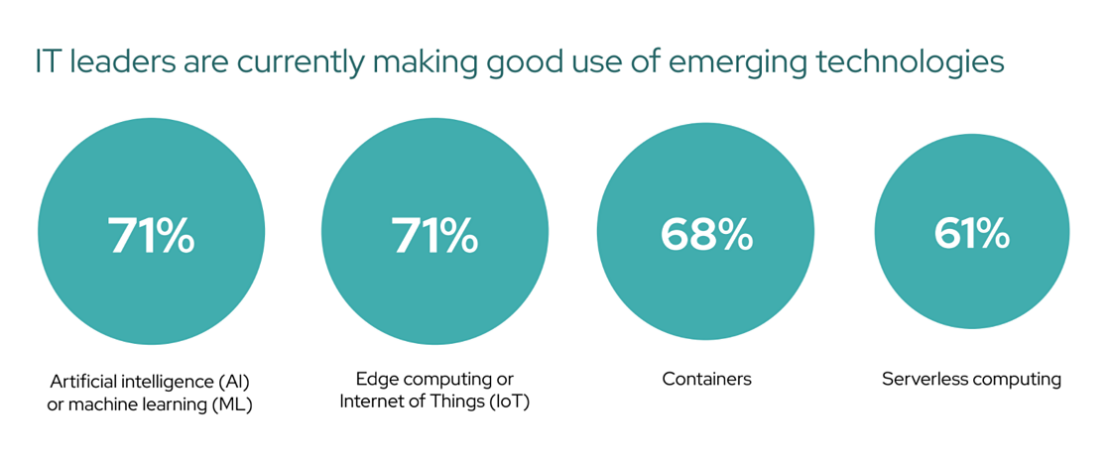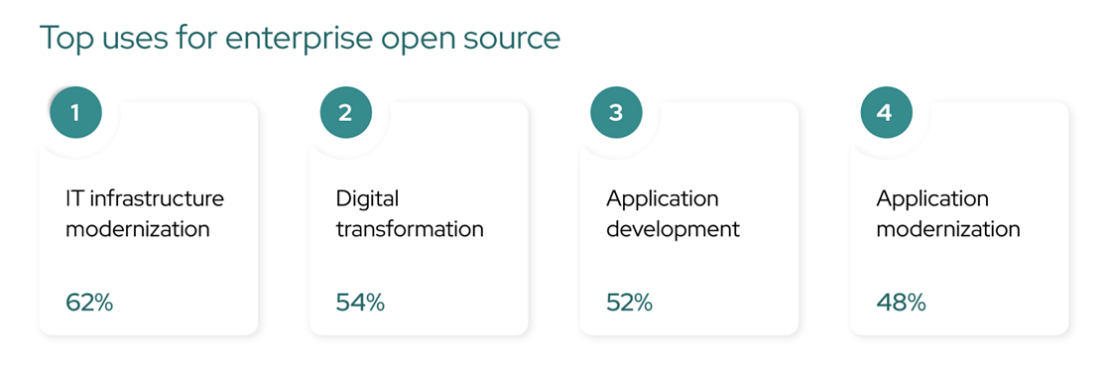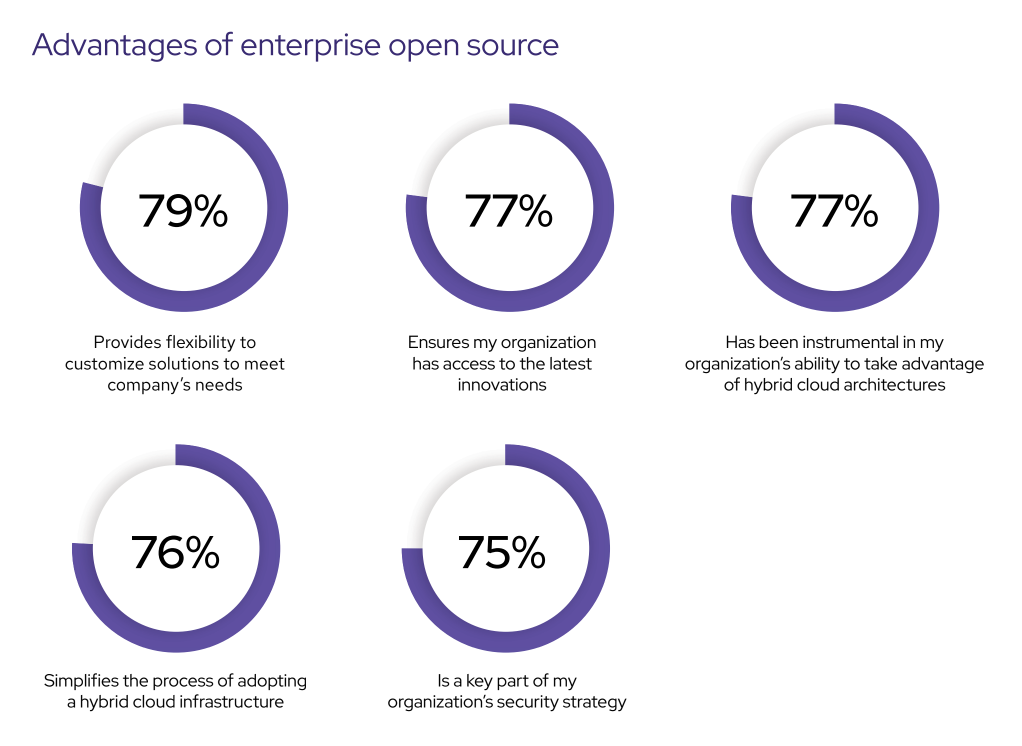
For some time, I’ve been looking for one “source” that curates modern takes on HR Tech, perspectives from the people who build it, and its impact on enterprise — something that’s tailor-made by professionals for decision-makers.
I never found it — so I decided to build it.
Every week, I’ll be sharing fresh insights on tech platforms, design, data, and the future of work — straight to your inbox.
My Thoughts
We’re coming up on the last week of Women’s History Month 💪🏻 We’ve had a blast getting to know the women of SEI in our Fierce Female Leader Spotlight. But we’ve also enjoyed watching and lifting up other organizations who are using this month to make a difference, and there are two companies specifically I’d like to highlight this week. Record label Warner Music Group 🎵 and BlackRock, 🪨 the world’s largest asset manager, have announced a partnership with a $750 million fund to promote female and diverse musicians. With strategic advising from music investment firm Influence Media, Warner Music Group and BlackRock will be dedicating these funds to what the trio has identified as “modern evergreen” music. 🌲 🎸 What does that look (and sound) like? It’s not the classic hits you would expect on BlackRock’s soundtrack. The goal of this initiative is to provide funding for underserved artists — many of whom defy odds to make it onto major streaming platforms only to have their music be suppressed by biased algorithms. 👎 This is a great — and frankly unexpected — example of what corporations can do to support DE&I initiatives in the best way they know how, and I’m eager to see what comes next.
Market Moves
What first comes to mind when you hear the word “agriculture?” As I learned while writing this piece, my vision of classic tractors 🚜 and people herding cattle on horseback 🤠 🐎 is embarrassingly outdated. The modern way we produce our food and farmable resources has shifted dramatically in the past decade, driven by global factors like population growth, climate change, social issues like food security, and the push towards sustainable farming practices. 🥬 From these problems, a new market for sustainable agricultural technology or, simply, Agtech/Agritech, has emerged.
Market research company Pitchbook named 2021 the best year on record for Agtech startups, with VC investments topping $10 billion and a 58% increase in deal value year-over-year. Globally, the Smart Agriculture market size is anticipated to reach $22.5 billion by 2026. As the name implies, the majority of startups in the space are seeking funding for research and deployment of technology-driven agricultural practices like drone crop management, predictive analytics, robotic labor, and water-waste reduction tactics. 🚰 Agtech is not limited to crops, though. 🌽 Farmers are using new technologies to improve quality of life and increase the sustainability of raising cattle, chickens, and other livestock. Cattle in particular are one of the largest areas of focus for farmers, due to their high levels of methane gas production. 🐮
I’ll admit that I’m no farming expert, so check out this piece for some of the top agtech companies to watch in 2022.
Tech Innovation at Work
When the first iPhone 📱 was released in the summer of 2007, people marveled at the fact that the world wide web could be accessed with the push of a button. 😮 🌐 Today, almost fifteen years later, that button push has evolved to a single swipe. The smartphone, the pinnacle of personal tech, has chased every inspiration and innovation to create an experience so rewarding and addictive that it’s embedded into our daily existence. 🥣 🤳 🚌 🤳🏽 🛀 🤳🏽 🛌🏾 So tell me, then: why is workplace tech so terrible?
How did we arrive at this point, with one segment of technology dragging so far behind another? 💾 There are piles of data indicating that tech-specific grievances, from WiFi problems to absent IT teams to poorly designed software stacks, can kill productivity, increase turnover, and hinder organizational objectives. As a digital transformationist, the question haunts me. 👻 Which is why it was so nice to come across an article from the Wall Street Journal 📓 that laid out proposed theories so succinctly. The piece addresses several themes that hinder the advancement of workplace tech. Some of them are to be expected, like the dug-in claws of legacy programs that slow down innovation with its daunting overhaul agenda. 😰 Others were less expected and seemed to imply our own undoing, such as implementing the get-rich-quick 📃 scheme equivalent to integrating databases and achieving a false sense of digital transformation. Regardless of where the issue stems from, the current state of work has ample opportunity to drag workplace technology into the 21st century, starting with these five principles.

For the second year in a row, enterprise software company Red Hat 🎩 has reported excellent growth in open source solutions in this year’s State of Enterprise Open Source report. Enterprise open source, for those of you who may not be as familiar with the term, is open source software that comes with enterprise support and services (aka, an IT help desk). In his introduction to the report, Red Hat’s President and CEO, Paul Cormier, emphasized the advancements that open source has made. Cormier writes, “while the open source development model may have started in the playground of developers, hackers and visionaries decades ago, we’ve moved far past that. It’s now a mainstream part of commercial software development and the engine for consistent innovation.” 💯
Cormier could not be more right. In the past few years, thought leadership trends have hinted at exactly what the results of this 2022 report confirms — open source will be a large driver of digital transformation, due, in part, to these reasons:
- Open source is more secure, and follows the belief that there is safety in numbers. More eyes on the code, transparent communication that is unencumbered by corporate optics, and prompt access to vulnerability patches are all things to look forward to with open source software. 🕵️♀️
- Open source code can be used as a framework to build in-house applications, allowing for rapid deployment of customized programs. 🖥️💨
- Open source provides pathways to emerging technologies like edge computing and artificial intelligence, making cutting edge tools accessible to more organizations. 🧰
- Open source is cloud-native, which means built-in flexibility and a simpler process of adopting a hybrid cloud infrastructure. ☁️
Excited about the promise of enterprise open source? You’ll be happy to know that we’re diving deeper into Red Hat’s research in this week’s All About Data.
The Changing Workplace
Lots of companies have come forward with exciting declarations of their intentions to embrace remote work. There are also lots of companies that have not, demanding instead that employees return to the office… or else. 😨 But between those two camps lies a much more contentious group of organizations who feel they’ve reached a compromise. Employees can work from wherever they please, but employees who choose to work in the office will be paid slightly more. This trend, sometimes referred to as a two-way pay system, ⬅️ 💰 ➡️ has been the topic of some of the most difficult debates surrounding the new world of work.
Unlike location-based pay structures (like the one Google is trying to implement), a two-way pay system does not involve pay cuts. 🙅♀️ Instead, in-office workers will receive a small pay increase and fresh office-life benefits like commuter reimbursements while remote employee salaries will hold steady (a “freeze” as the article defines it). The reason this pay structure is more promising than simple pay cuts lies in a simple economic idea called the prospect theory. 👨🏫 According to this theory, people value gains and losses disproportionately. If, for example, you lost a $5 bill out of your pocket, your negative emotions towards your loss would be disproportionately stronger than the positive emotions felt if you were to stick your hand in an old jacket pocket and find a $5 bill. 🤑 Once you give someone something, it’s incredibly hard to take it away, which puts pay-cut employers at a higher risk of turnover than those who attempt the two-way pay system.

Diversity, Equity, and Inclusion can be one of the hardest things to measure 🌡️ 📐 in an organization. Not being able to provide KPIs or report back to leadership with straightforward pass/fail results ⚖️ can make it even more difficult to argue for DE&I’s place at the table and obtain the resources you need to continue with your initiatives. This is the rub when it comes to areas like soft skills and, in this case, soft science. 🔬 Fortunately, fellow Forbes contributor and DE&I thought leader Rebekah Bastian recently published a piece to offer some guidance for measuring the success of corporate diversity initiatives. I highly recommend taking a look at Rebekah’s piece, which you can find here. 👈🏻
All About Data
As I mentioned earlier, Red Hat’s 2022 report, The State of Enterprise Open Source, offers a very thorough, very exciting look at what this key tool in digital transformation looks like today. 👀 Tens of thousands of organizations are scrambling to modernize IT infrastructure to support new hybrid work while minimizing cost and disruption. Here are the highlights:
In the last few years, perception of enterprise open source has undergone radical transformation. 🙌 77% of IT leaders have a more positive perception of the field than they did one year ago. 80% expect to increase their use of enterprise open source software for emerging technologies. ↗️ ↗️ ↗️
The opportunities are all but endless. However, these are the most popular emerging technologies being explored through open source:

And when it comes to leveraging enterprise open source, IT leaders are getting very creative. 💡 The top uses point towards an olive branch between new and old infrastructure, where open source software can enhance current proprietary software stacks and help achieve organizational agility goals without a complete overhaul of IT infrastructure:

Of all the benefits open source has to offer, enterprise open source gets a lot of praise for its level of security — something that seems counterintuitive to the fact that anyone can access and manipulate a code. 🤷 We’re living in a time where the threat of cyberattacks is more real and more present in everyone’s minds, 😧 🧠 which means security is more highly valued than ever. Here are the most popular security benefits identified for enterprise open source:

This year, 32% of responses positioned better security and higher quality software as a top benefit of enterprise open source. This was followed by the ability to safely leverage open source tech at 28% and its cloud-native design ☁️ at 26%.
From the perspective of strategic analysis, the advantages of enterprise open source were identified as:

And finally, when it comes to selecting vendors, 82% of IT leaders are more likely to select those that contribute to the open source community, meaning the ecosystem of open source advancements looks incredibly promising. 🌎 🔁
Editor’s Picks
- Google CEO describes what he loves about his hybrid experience and his vision of hybrid work.
- How Steve Jobs’ legacy lives on in the untimely death of SAAS startups.
- What should young people do if they hate their new job?
- Zoom has outed the prevalence of benevolent sexism at work.
Click here to subscribe to Exit Interview, a weekly email about tech platforms, design, data, and the future of work — straight to your inbox.

